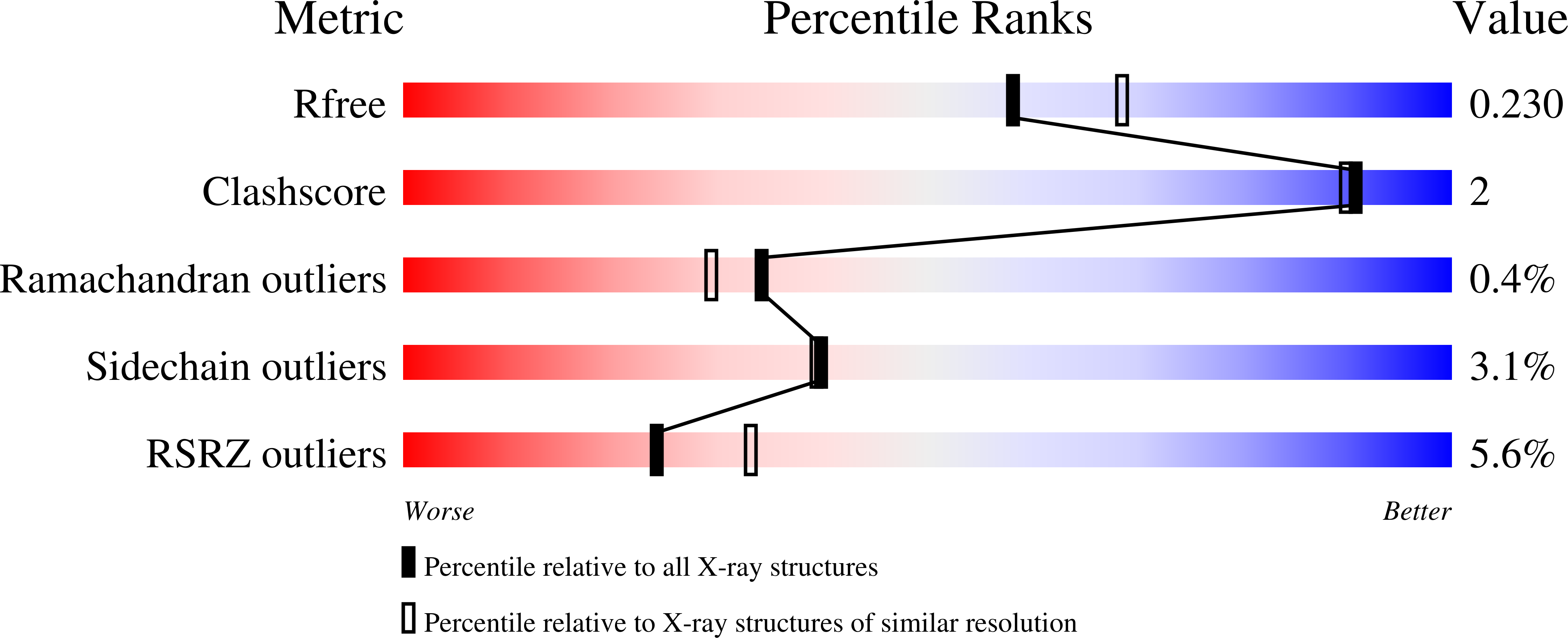
Deposition Date
2017-08-31
Release Date
2018-02-07
Last Version Date
2024-01-17
Entry Detail
Biological Source:
Source Organism:
Danio rerio (Taxon ID: 7955)
Homo sapiens (Taxon ID: 9606)
Homo sapiens (Taxon ID: 9606)
Host Organism:
Method Details:
Experimental Method:
Resolution:
2.15 Å
R-Value Free:
0.21
R-Value Work:
0.20
R-Value Observed:
0.20
Space Group:
P 65 2 2


